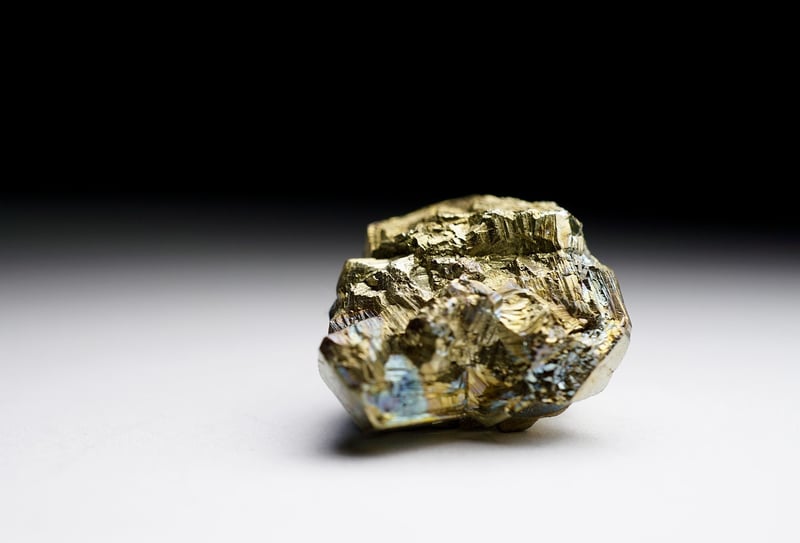Exotic Minerals
The Fascinating World of Exotic Minerals from Space
When it comes to rare and exotic minerals, nothing quite compares to those that originate from outer space. These extraterrestrial gems have captivated scientists, collectors, and enthusiasts alike with their unique properties and origins. Let's delve into the intriguing world of exotic minerals from space and discover what makes them so special.
What are Space Minerals?
Space minerals, also known as cosmic minerals or meteoritic minerals, are minerals that have been discovered in meteorites or other celestial bodies such as the moon and Mars. These minerals are not found naturally on Earth and are the result of extraterrestrial processes.
Types of Space Minerals
Some of the most well-known space minerals include:
- Peridot: Peridot is a gem-quality olivine mineral that has been found in pallasite meteorites.
- Taenite: Taenite is a nickel-rich mineral commonly found in iron meteorites.
- Enstatite: Enstatite is a pyroxene mineral found in enstatite chondrite meteorites.
- Tridymite: Tridymite is a silica mineral found in lunar rocks.
Uses of Exotic Minerals from Space
Exotic minerals from space have various applications, including:
- Research: Scientists study space minerals to learn more about the formation and composition of celestial bodies.
- Jewelry: Some space minerals, like peridot, are used in jewelry due to their unique origin and beauty.
- Collecting: Collectors value space minerals for their rarity and extraterrestrial origin.
Exploring the Universe Through Minerals
As we continue to explore the universe and unravel its mysteries, exotic minerals from space provide us with valuable insights into the composition of other worlds. Whether they are used for scientific research, adornment, or collection, these otherworldly gems never fail to spark our curiosity and wonder.

Image source: Pixabay
